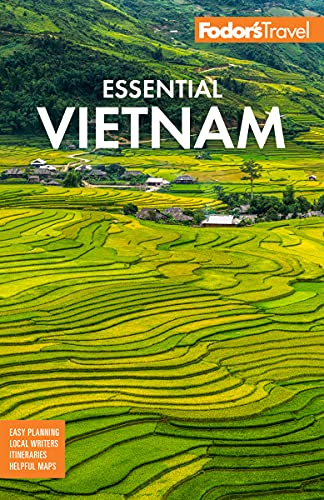History and Culture of the Mekong Delta
Early settlement and ethnic disputes
The region was first mentioned in Chinese scholarly works as a part of the ancient kingdom of Funan. The Funan civilization was influenced by Hindu and Buddhist cultures and flourished between the 1st and 5th centuries AD. The Mekong Delta was settled by the Cham and the Khmer in the 7th century and was annexed by the Khmer civilization based at Angkor between the 9th and 10th centuries. Some Vietnamese settlers lived in the area even under Khmer rule, but with the defeat of the Cham in the late 15th century, more Vietnamese moved south. In the 17th century some of the Chinese fleeing one of the many northern dynastic autocrats appeared in the Mekong Delta. The Tay Son Rebellion in the late 18th century brought even more Vietnamese into the region. Allegiances were based on ethnicity—Cham, Khmer, Vietnamese, and so on—rather than on nationality. And there was feuding: the Khmer believed that over the centuries the Vietnamese had taken away their land, and they wanted it back.
20th-century conflict
French colonialism briefly put a stop to the disputes—and later contributed to them. The French encouraged the Vietnamese and the Chinese, who were much more commercially driven than the Khmer, to continue settling here. As more Vietnamese moved south, more Khmer left. Uncertainty over who would have sovereignty over the Mekong Delta lasted until 1954, when the French bequeathed the area to the new country of South Vietnam. Under Pol Pot's rule in Cambodia, the Khmer again laid claim to the delta as their ancestral land, and there were frequent skirmishes between Khmer Rouge and Vietnamese soldiers along the border.
During the Japanese occupation in the 1940s, colonial French and Vietnamese families fled from farther north to avoid the fighting. But the fighting eventually spread to the Mekong Delta, and these refugees were forced to fan out into the previously uninhabited mangrove swamps, hacking them down as they went.
A modern melting pot
Today the Mekong Delta is still populated by several cultures. The majority of people living in the area are Vietnamese, with the Khmer comprising the second-largest ethnic group. Nearly 2 million Khmer people live in the vicinity of the city of Soc Trang and on the Cambodian border, and the Mekong Delta is still often referred to as Khmer Krom by Cambodians. A small number of Cham also live close to the Cambodian border, but these Cham, unlike their counterparts in the central highlands, are not Hindu but Muslim. Malay and Javanese traders who skirted the coast several hundred years ago converted the southern Cham to Islam. The Cham groups don't really mix with each other. The cultural diversity of the region accounts for the variety of religions practiced: Buddhism, Catholicism, Cao Daism, and Islam. Your travels throughout the delta will take you past examples of their remarkable coexistence.




